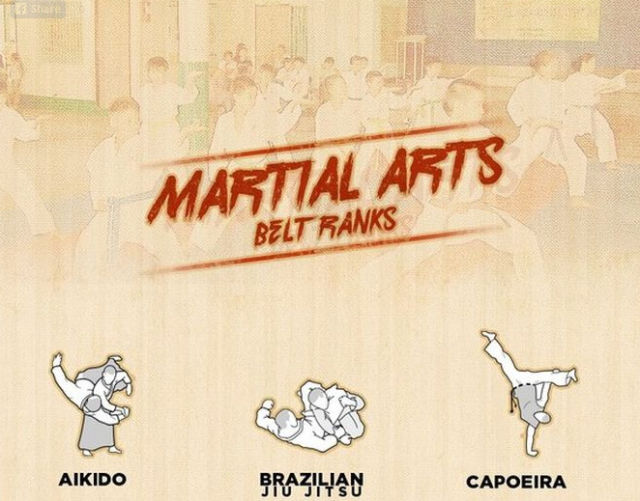How Do Standard Martial Arts Focus On Self-Control Contrast To Modern-Day Fight Sports Focus On Competitors? Discover The Key Distinctions That Can Shape Your Journey
How Do Standard Martial Arts Focus On Self-Control Contrast To Modern-Day Fight Sports Focus On Competitors? Discover The Key Distinctions That Can Shape Your Journey
Blog Article
Content Develop By-Ware Rocha
When you consider martial arts, do you lean much more toward the conventional techniques or the contemporary combat sporting activities? Each path offers unique benefits and experiences, formed by their philosophies and training approaches. Conventional martial arts highlight personal development and technique, while modern-day combat sporting activities concentrate on competitors and performance. Recognizing these differences can lead you in choosing the right approach for your trip. But exactly how do how old to start kids in martial arts show up in training and approach?
The Ideology and History Behind Traditional Martial arts
While many individuals associate martial arts with physical fight, the philosophy and history behind traditional martial arts run much deeper. You'll discover that these self-controls highlight personal development, technique, and regard.
Stemming from ancient methods, traditional martial arts were commonly established for Self-Defense and spiritual growth. They embody concepts such as equilibrium, consistency, and self-discipline, guiding professionals past mere battling abilities.
As you educate, you'll not just discover techniques yet also acquire understandings into the society and values that shaped these arts. The rituals and traditions, commonly given with generations, foster a feeling of area and belonging.
The Affordable Nature of Modern Battle Sports
Modern battle sporting activities have changed the landscape of martial arts right into a very competitive field, where professional athletes take on in a test of skill, method, and endurance.
You'll see that competitors are commonly arranged with stringent policies and guidelines, making sure justice and safety and security. These events draw in big target markets, fueling the enjoyment and intensity of matches.
Professional athletes train carefully, not just for physical expertise but additionally for psychological toughness, understanding that every detail counts in the ring. The adrenaline thrill throughout competitors is palpable, as competitors press their limits to claim victory.
Followers value the athleticism and virtuosity involved, making contemporary combat sporting activities a thrilling phenomenon that continues to develop and astound lovers worldwide.
Training Methods and Methods: A Comparative Analysis
The competitive ambience of modern-day fight sports needs ingenious training techniques that differ considerably from typical martial arts.
In https://www.ancient-origins.net/history-ancient-traditions/tahtib-0015734 -day training, you'll concentrate on certain techniques, competing, and conditioning, typically making use of drills that replicate real fight situations. You'll see a focus on quantifiable efficiency and constant competition to assess your abilities.
On the other hand, traditional martial arts focus on kinds, katas, and philosophical mentors, often emphasizing self-control and regard over competitors.
Training is generally much less intense and may involve repetitive technique rather than real-time sparring.
While both methods construct skill and physical fitness, contemporary combat sporting activities give a more dynamic and adaptable training atmosphere, preparing you for prompt obstacles in the ring or cage.
Select the course that lines up with your objectives and rate of interests.
Verdict
In picking in between traditional martial arts and modern-day fight sporting activities, it actually boils down to what you value the majority of. If you're trying to find individual growth, technique, and a feeling of area, typical arts could be your finest fit. Yet if you grow on competitors and real-time obstacles, modern-day combat sporting activities could be the way to go. Eventually, both paths provide distinct advantages, so it's all about straightening your training with your personal goals and passions.
